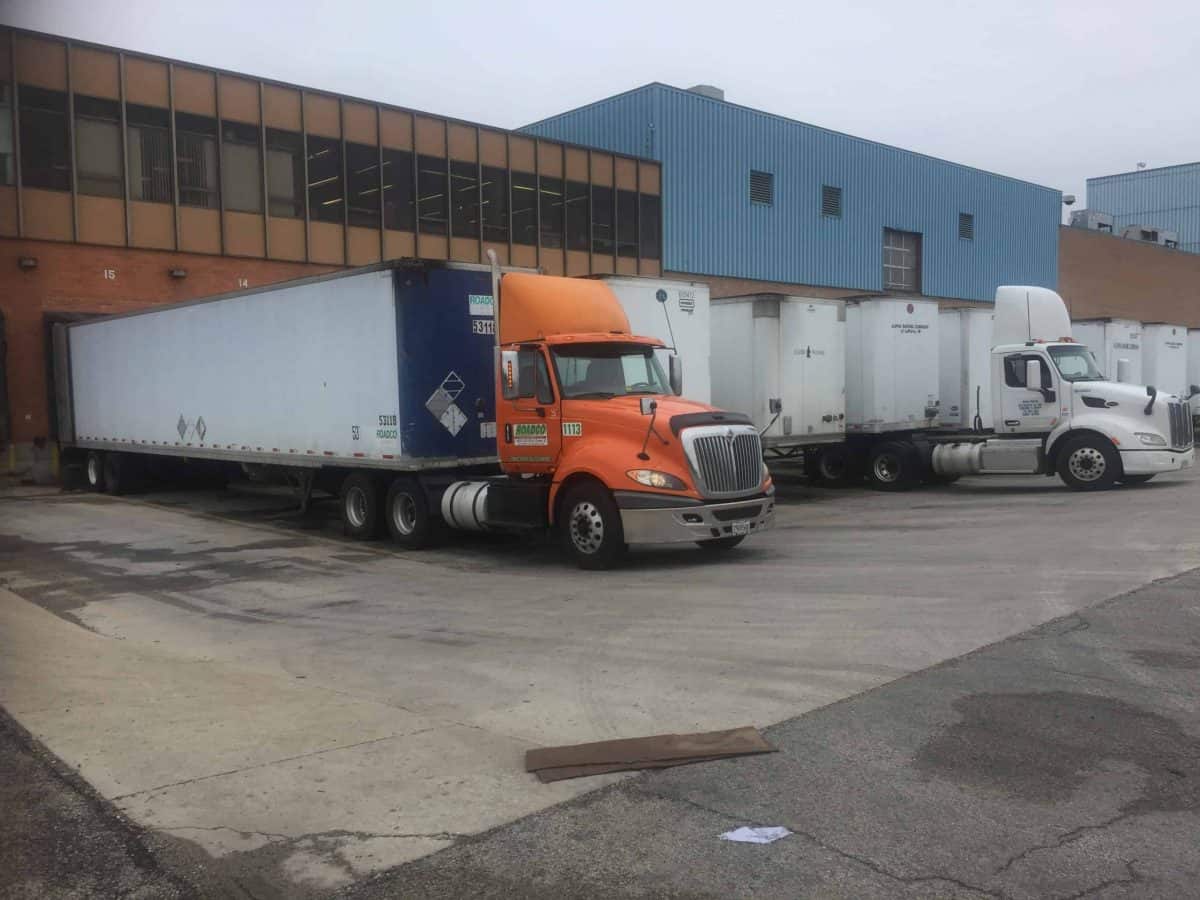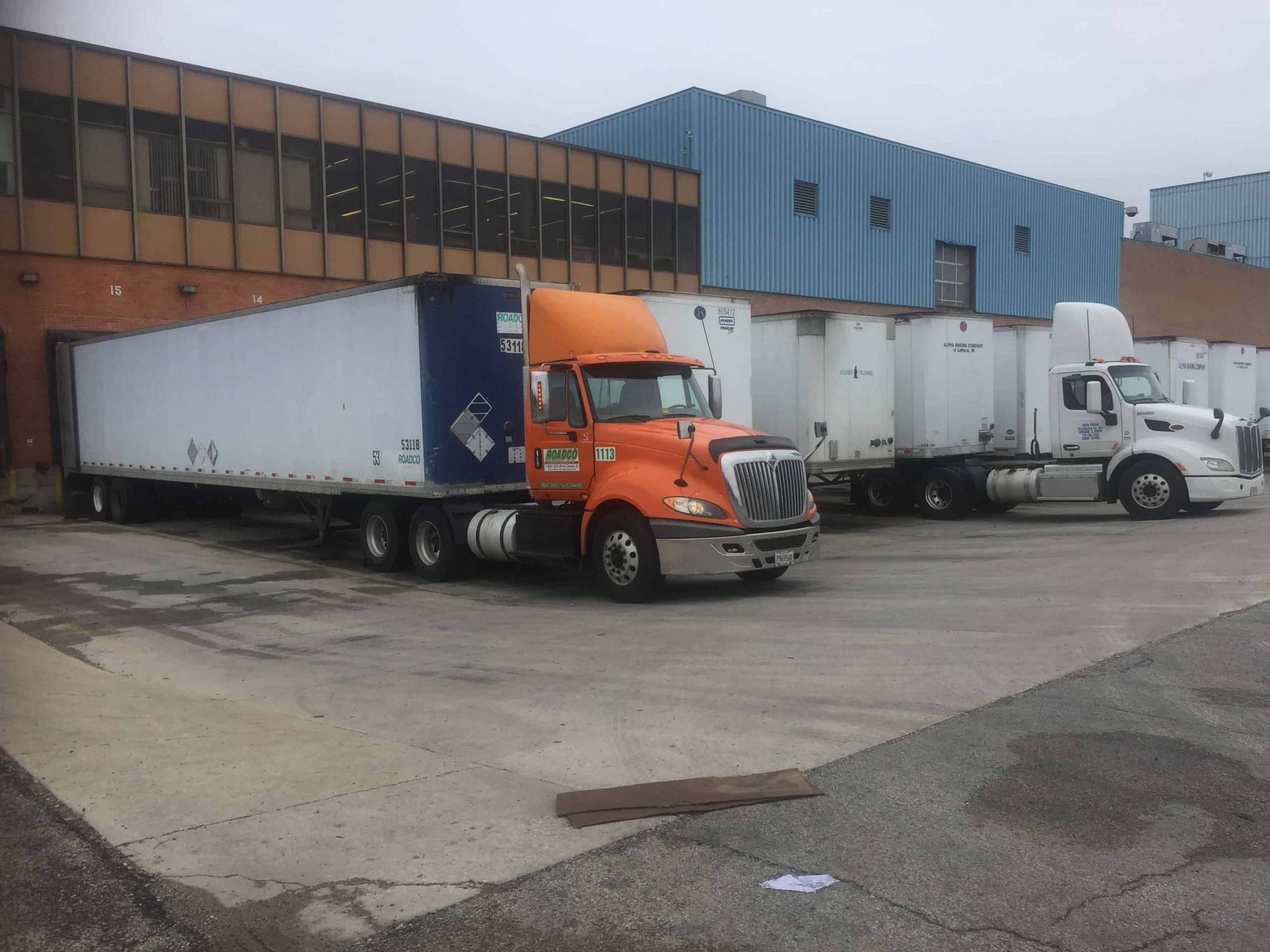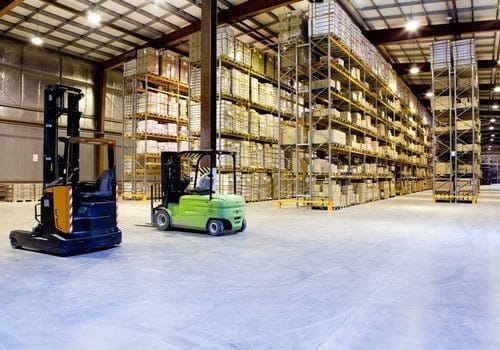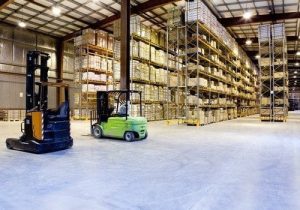
Decisions about distribution center equipment, such as the purchase of terminal tractors, are often relatively clearcut. But inventory management is a moving target that involves straddling a line between too much and too little. Both scenarios generate excess costs that seriously impact the bottom line.
Fortunately, improvements in technology have resulted in practical and effective solutions to the problem of inventory management. Here are tips from experts on how to incorporate these methods in your distribution center.
Remove Emotion from the Process
According to Ian Hobkirk, president of Commonwealth Supply Chain Advisors in Boston, too many companies set inventory levels based on emotion rather than logic. In most cases, they err on the side of excess inventory as a “security blanket.”
Numbers have no emotions attached, so inventory management software makes the process more objective. These systems provide real-time information that allows for decision-making based on actual data rather than what-ifs.
Embrace Technology
For decades, inventory management was a time-consuming process recorded manually with paper and pencils. These antiquated methods left too much room for error and they weren’t responsive to rapid changes.
At this point, even barcode scanners are becoming relatively outdated. E-commerce is leading the charge in adopting cutting-edge systems combining the Internet of Things (IoT) and mobile devices for timely data-gathering across the supply chain.
Crunch the Numbers
Excess inventory costs are greater than simply the purchase price of products. Hobkirk suggests calculating the true expenses of carrying too much inventory, including factors such as storage and labor costs.
Move Inventory with Terminal Tractors from DJ Products
A quick turnaround time for trucks gets inventory moving faster. Contact us to learn how our Electric Yard Dog enables a single worker to move trailers safely and efficiently.











